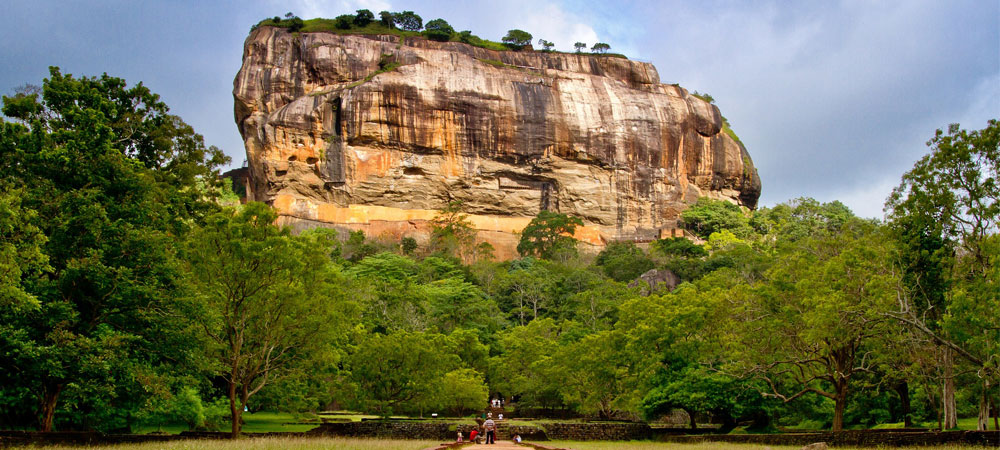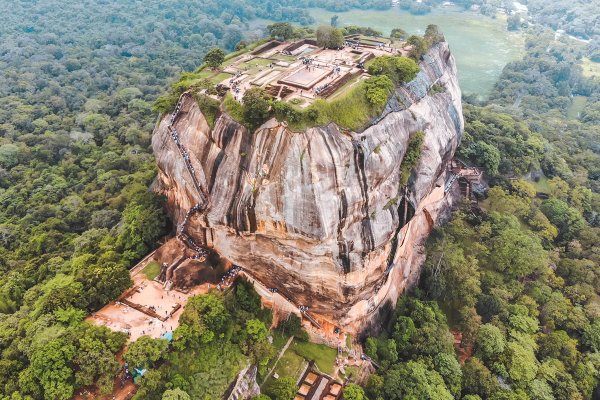
Sigiriya is one of the most valuable historical monuments of Sri Lanka. Referred by locals as the Eighth
Wonder of the World this ancient palace and fortress complex has significant archaeological importance and
attracts thousands of tourists every year. It is probably the most visited tourist destination of Sri Lanka.
The ancient rock fortress and palace of Sigiriya is one of the seven World Heritage Sites of Sri Lanka. It
has also been declared by UNESCO as the 8th Wonder of the world.
This fortified garden city of Sigiriya rock fortress is an exceptional master piece of ancient urban
planning / landscape & architecture / construction technology /exceptional hydraulic engineering &
management / ancient fine art with unique harmony between nature and human imagination and all these living
examples proved that it was a Well Planned City & Palace in 5th Century AD. Sigiriya rock fortress is
recognized as one of the best preserved surviving ancient urban sites in Asia from the 1st millennium or
simply it’s a Living Museum.




